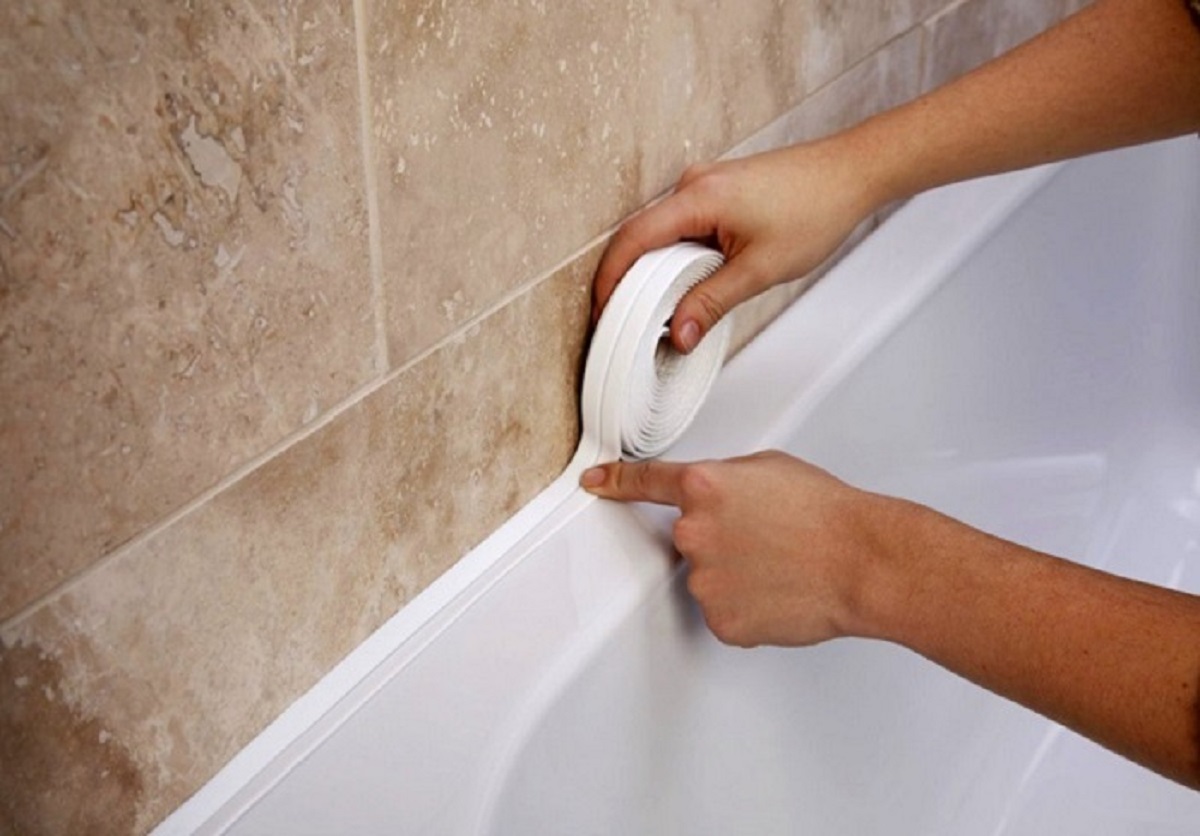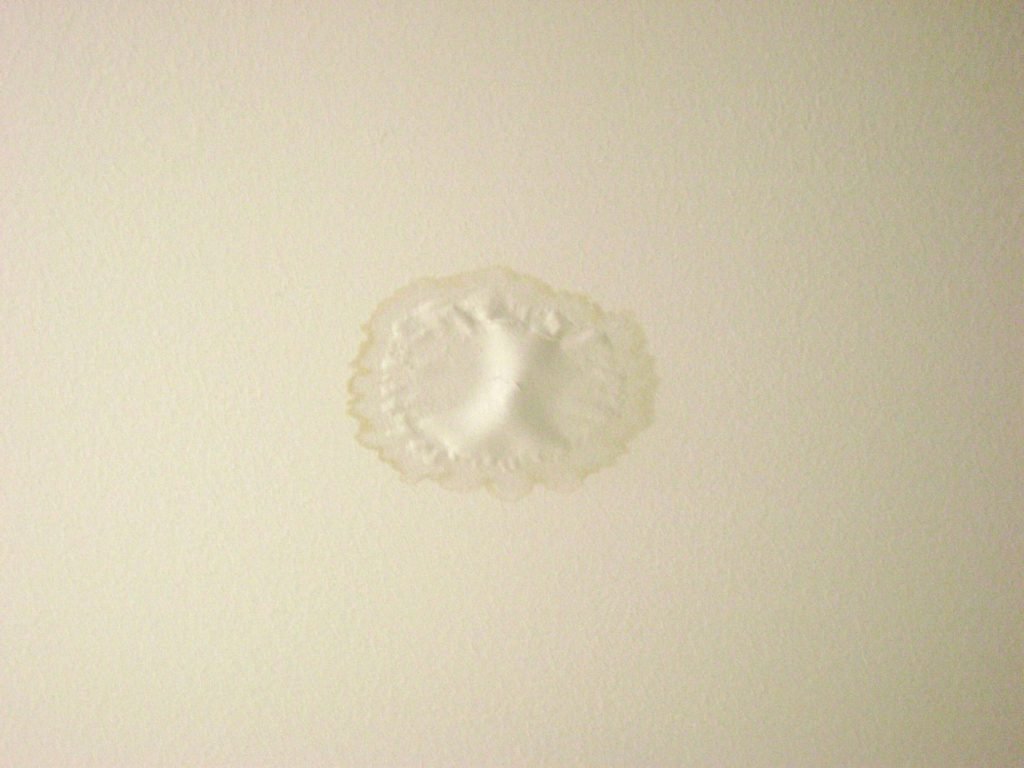Going through shower repairs can be a lengthy and annoying process, especially when you only have the one bathroom, but they don’t have to be. If you have the right team, shower repairs can be a quick and hassle-free affair. Even so, any changes to your bathroom will incur some sort of inconvenience to you, so there are a few things you should consider before scheduling and whilst undergoing your repairs. Keeping these things in mind will ensure that you know exactly what to do during and after your repairs so that you can return to normal life as soon as possible.
1. Remember that you won’t be able to use your shower for 24 hours after the repairs.
This time period is allotted so that the silicone, grout, sealer and adhesive have enough time to completely dry. If you use your shower in this 24 hour period, you’ll probably diminish the effectiveness of these adhesives, meaning that your next repair may come sooner than you think. That’s why it’s important to keep the shower dry for a full day and make alternate plans for showering. If you have another shower in the house then you can use that, but if you don’t, you may want to make arrangements to fit a handheld shower head to the faucet in your bath. If you don’t have a bath, then ensure you make arrangements to shower at the house of a friend or family member.
2. Designate time to clean your bathroom after repairs.
Depending on the extent of shower repairs, you may need to clean your bathroom after repairs are finished. Any work that involves sanding plaster, removing tiles and removing grout is very messy, and will create a fine dust. Whilst we’ll take extra precautions to reduce the dust caused and clean up after our team conducts repairs, all the airborne dust will settle again later on all the surfaces in your bathroom. Therefore, ensure you have enough time to dust and vacuum your bathroom before you resume using it as normal. You may even want to postpone having guests over to your house for a few hours so that you’re not too stressed after your repairs.
3. Consider keeping extra tiles in the event of future maintenance.
Buying extra matching tiles and keeping them in your garage or storage cupboard is a great way to ensure that if any future work needs to be done, you will already have tiles handy. This is especially important if you’ve sourced a tile that’s a bit harder to find. You don’t want to find yourself in the situation of needing extra work done in the future and not being able to find matching tiles. This would mean you’d either have to pay more to have all the tiles replaced, or you’d have to live with tiles that don’t match, which would annoy most people! Planning ahead will ultimately make future maintenance cheaper, easier, and more visually pleasing.
4. Listen to the professionals.
Ensure you listen to the advice of the shower repair team, and if one was necessary to fix your shower, the plumber as well. They will tell you when it’s okay to start using your shower again, and what to look out for to prevent further extensive damage to your shower. Being able to spot a leak, or other things that can damage your shower, is essential to prevent huge costs. You can ask our team for tips on how to know whether you’ll need additional maintenance or repair work done. You can also ask for tips regarding cleaning and how to keep the humidity levels in your bathroom lower, as well as other preventative measure you can take to avoid further repairs being needed at all.
Remember, prevention and early detection is key to avoiding hefty shower repair bills, so always be aware of any changes happening in your bathroom. If you do notice anything unusual, contact our friendly team of professionals at Elite Shower Repairs, and we’ll help you with any shower dilemma you may have.
You can request a quote by using our online form or by calling us on 1300 035 483.







 Shilpa
Shilpa  Greg
Penrith
Greg
Penrith  Icicle YT
Icicle YT